In Greenwich, Conn., the Bruce Museum, a multidisciplinary institution highlighting art, science, and history, has undergone a campus revitalization and expansion that more than doubles the museum’s size.
Designed by EskewDumezRipple and built by Turner Construction, the project includes a 42,000-sf, three-floor addition as well as a comprehensive renovation of the 32,500-sf museum, which was originally built as a private home in the mid-19th century and expanded in the early 1990s.
The project provides permanent and changing galleries, expanded collection storage, education spaces, public gathering places, and a public entrance lobby. A new lecture hall serves as a hub for community programming, public lectures, and receptions.
“We can host the community in a way we’ve never been able to before,” Robert Wolterstorff, executive director, Bruce Museum, said in a statement. “In the past, we had no permanent collections galleries.”
The project reorients the museum’s entrance so that, instead of facing a highway, it now faces the free and public Bruce Park. The double-height lobby, café, and gift shop form an open, free-flowing public area, and a new courtyard joins the existing museum to the addition.
EskewDumezRipple’s design draws inspiration from both the historic stone house and the surrounding region’s geology. The striated façade of cast stone and glass evokes the Connecticut coast’s rock quarries, and the façade changes appearance as the sun changes position depending on the time of day and year. The design emphasizes natural daylighting, with openings in the façade providing light to the interior that gradually recedes deeper in the galleries.
The energy-efficient design includes an airtight façade, highly efficient air-handling units, a dehumidification system, and a stormwater management system that collects 100% of rainwater onsite. The museum has a predicted Energy Use Intensity (EUI), or the amount of energy used per square foot annually, of 63, in contrast to an EUI of 186 for similar museums in the northeast US, according to the statement.
On the Building Team:
Owner: Bruce Museum
Owner’s representative: Stone Harbor Land Company
Architecture and interiors: EskewDumezRipple
Contractor: Turner Construction
Landscape architect: Reed Hilderbrand
Structural engineering: Guy Nordenson and Associates
MEP engineering: Altieri
Civil engineering: Redniss & Mead
Geotechnical: Melick-Tully and Associates
Lighting: Fisher Marantz Stone
Acoustics and A/V: Jaffe Holden
Envelope: Simpson Gumpertz & Heger
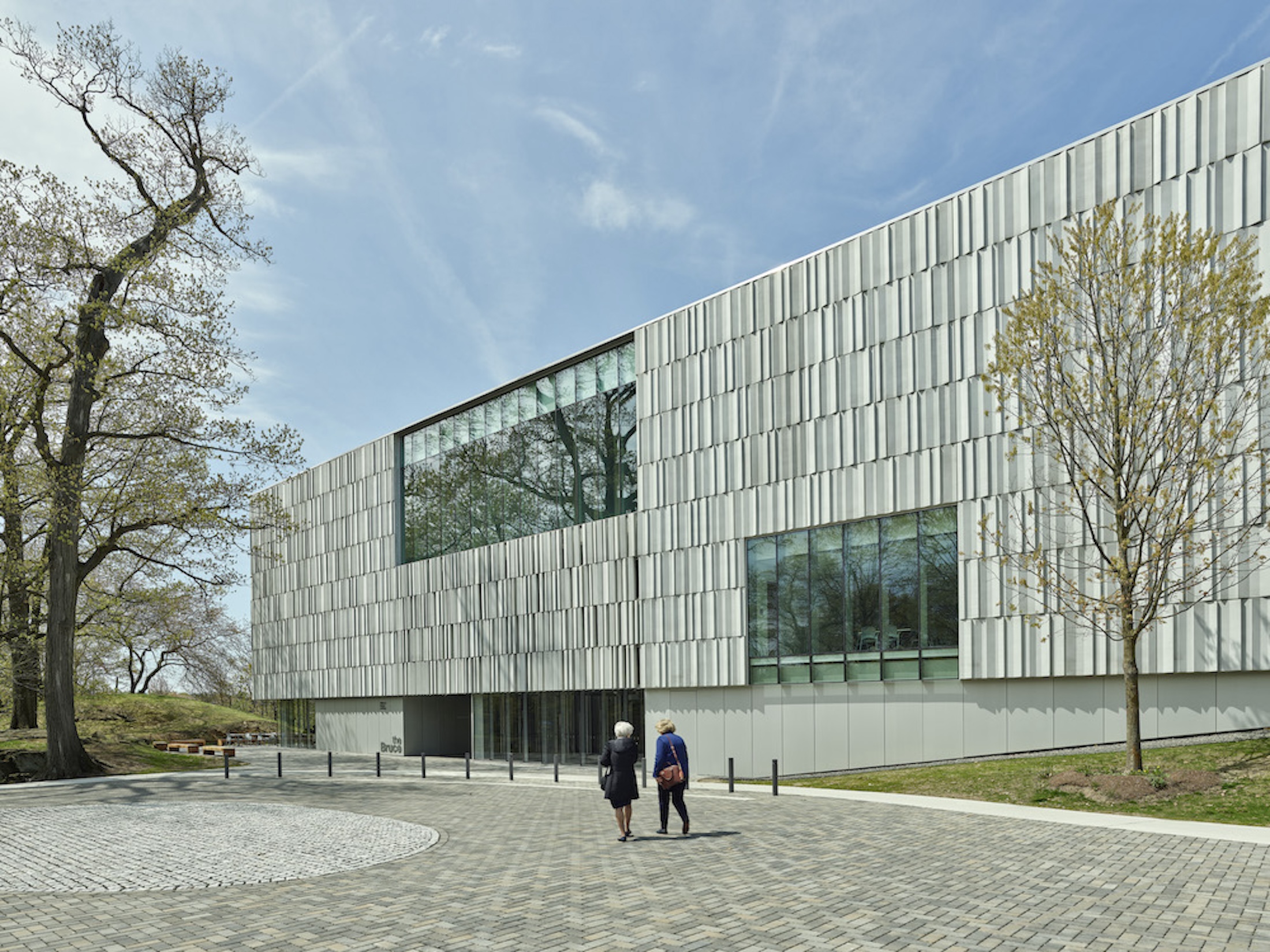
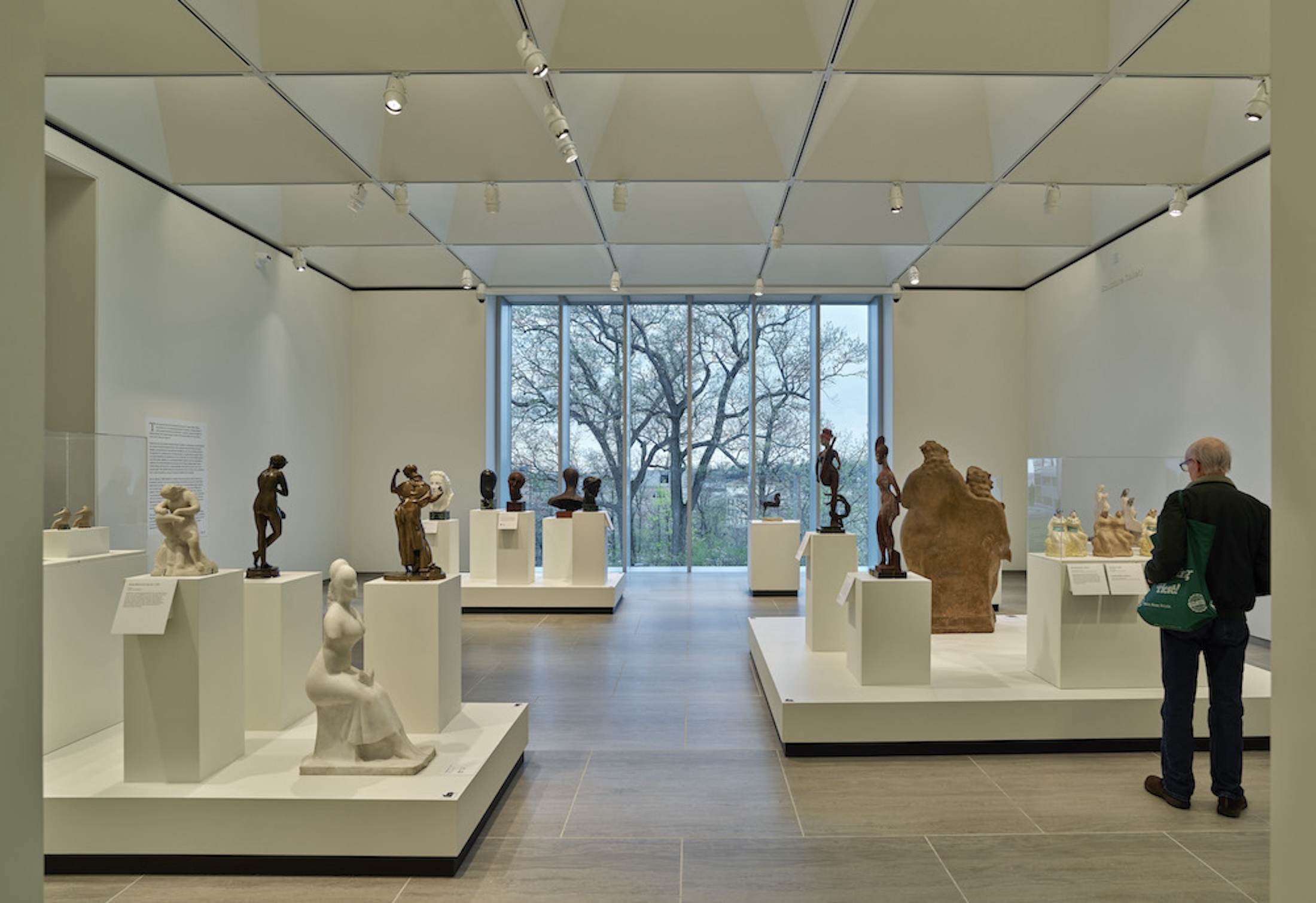

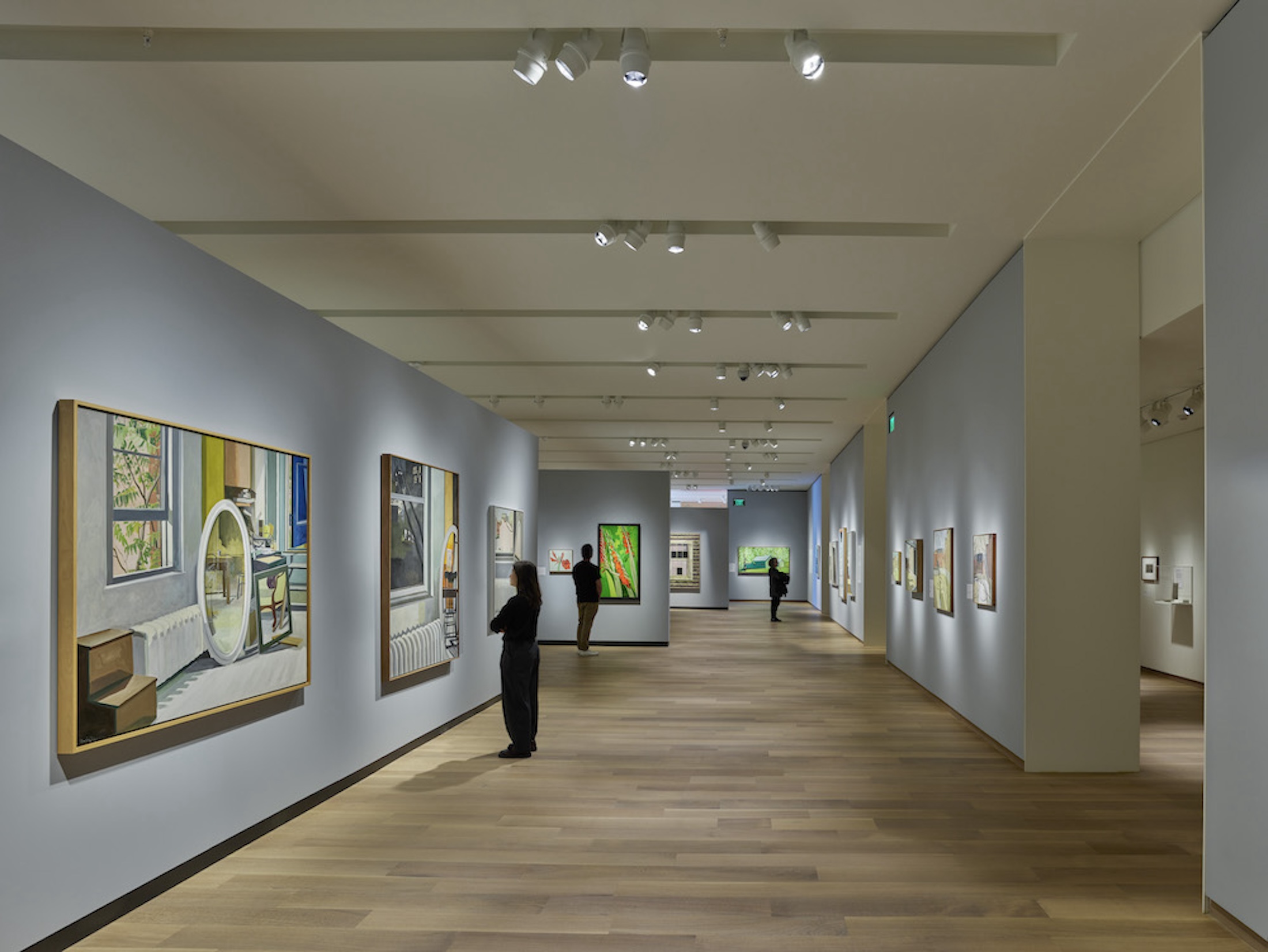

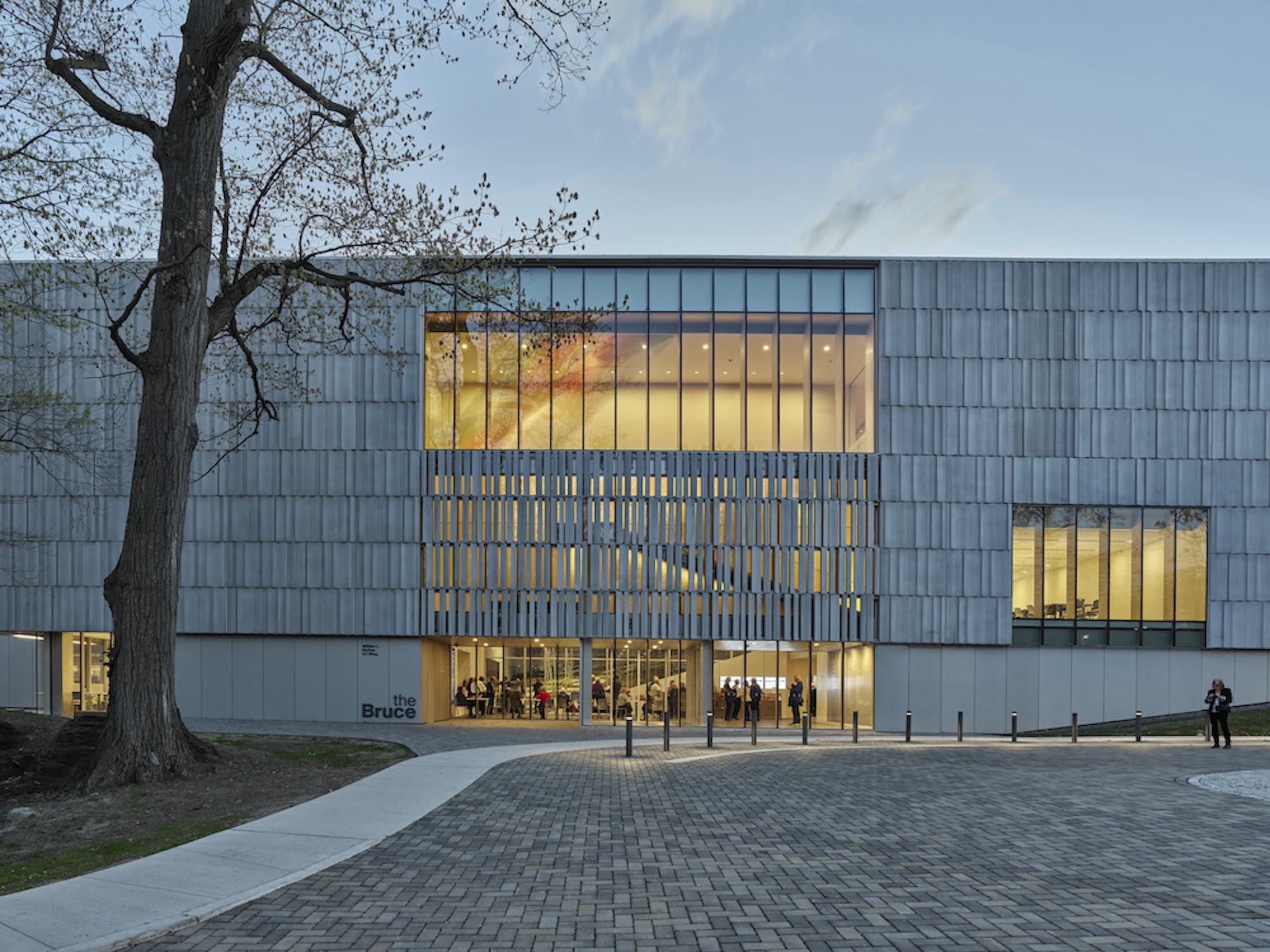
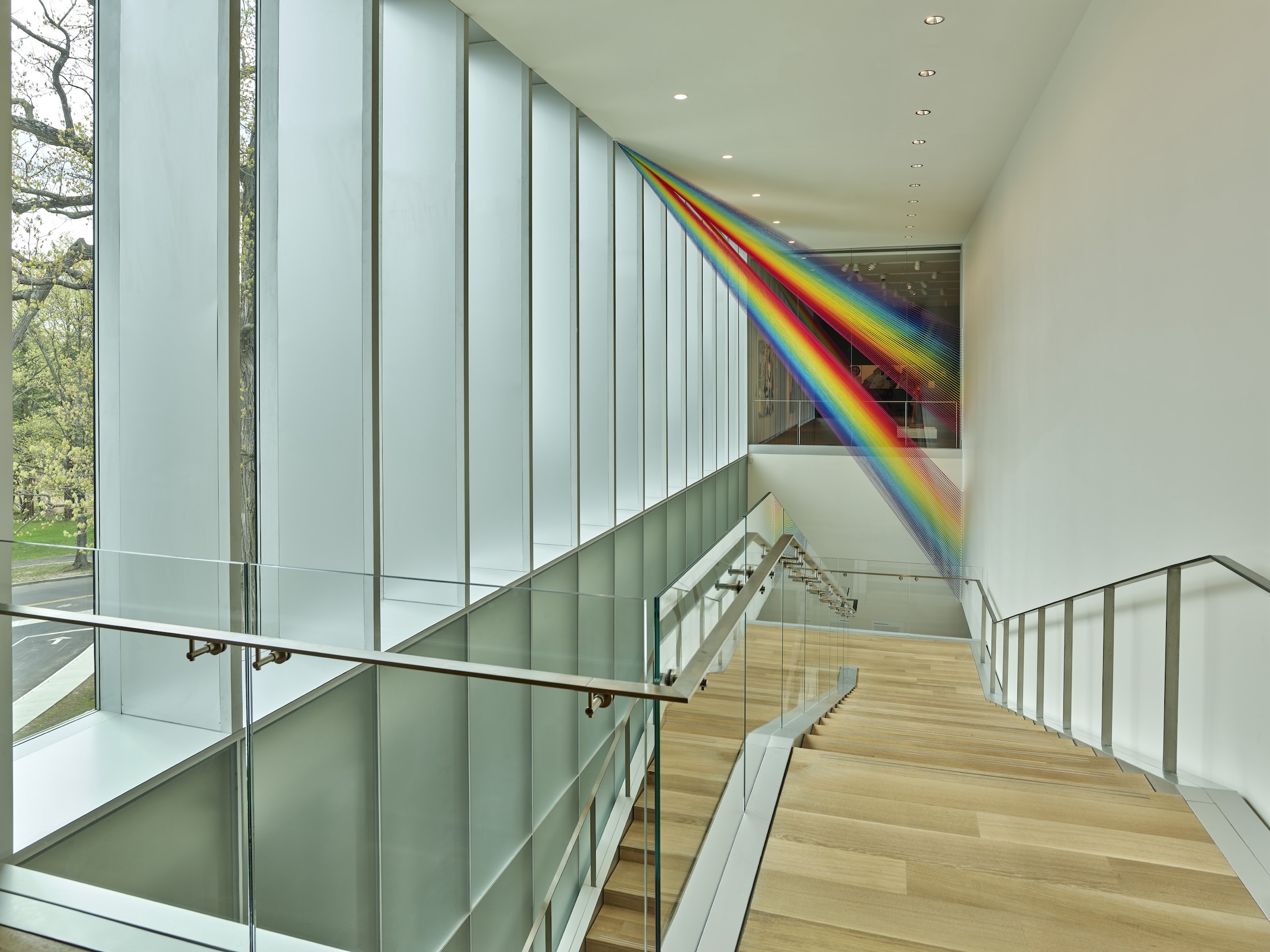


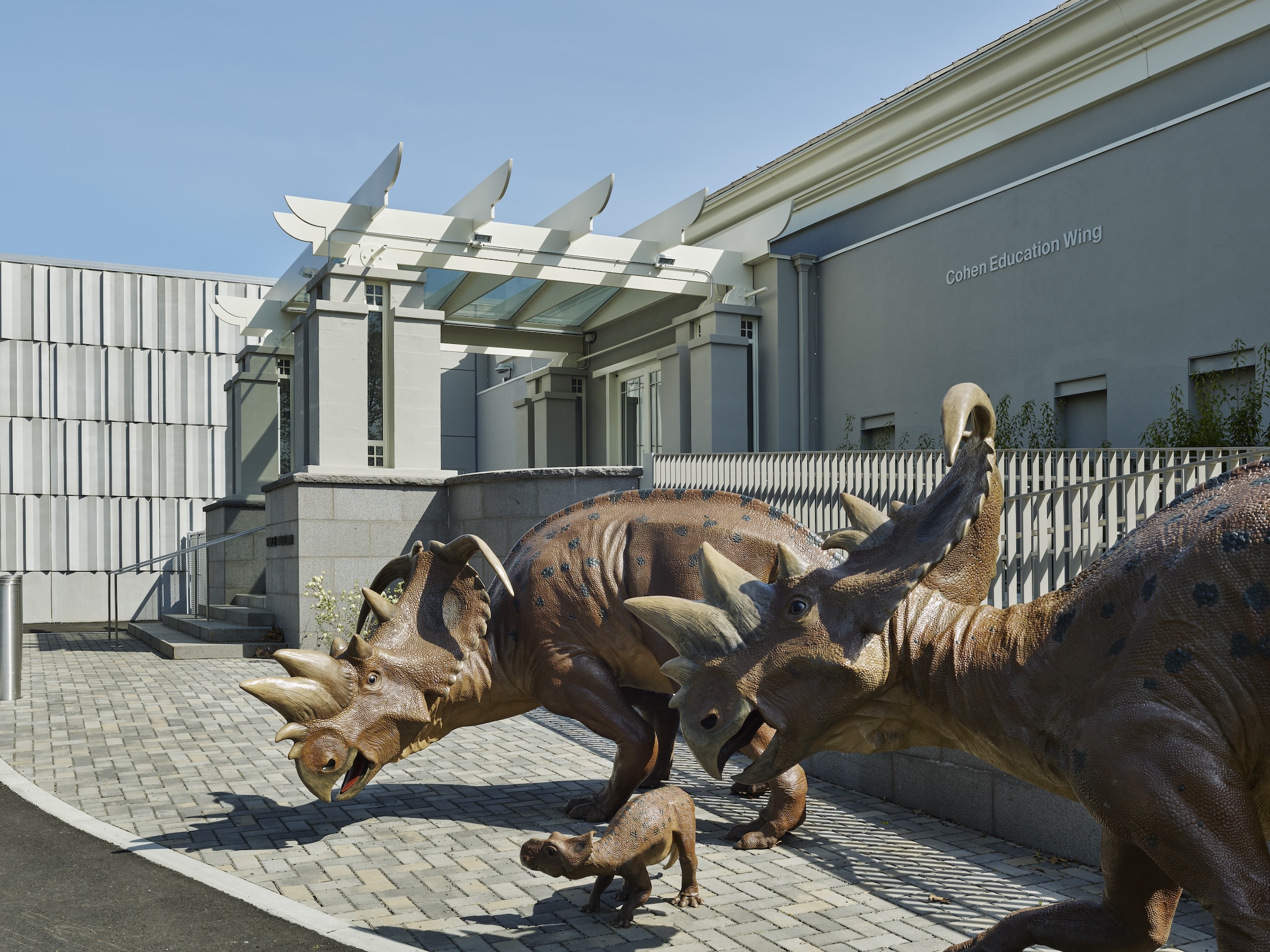
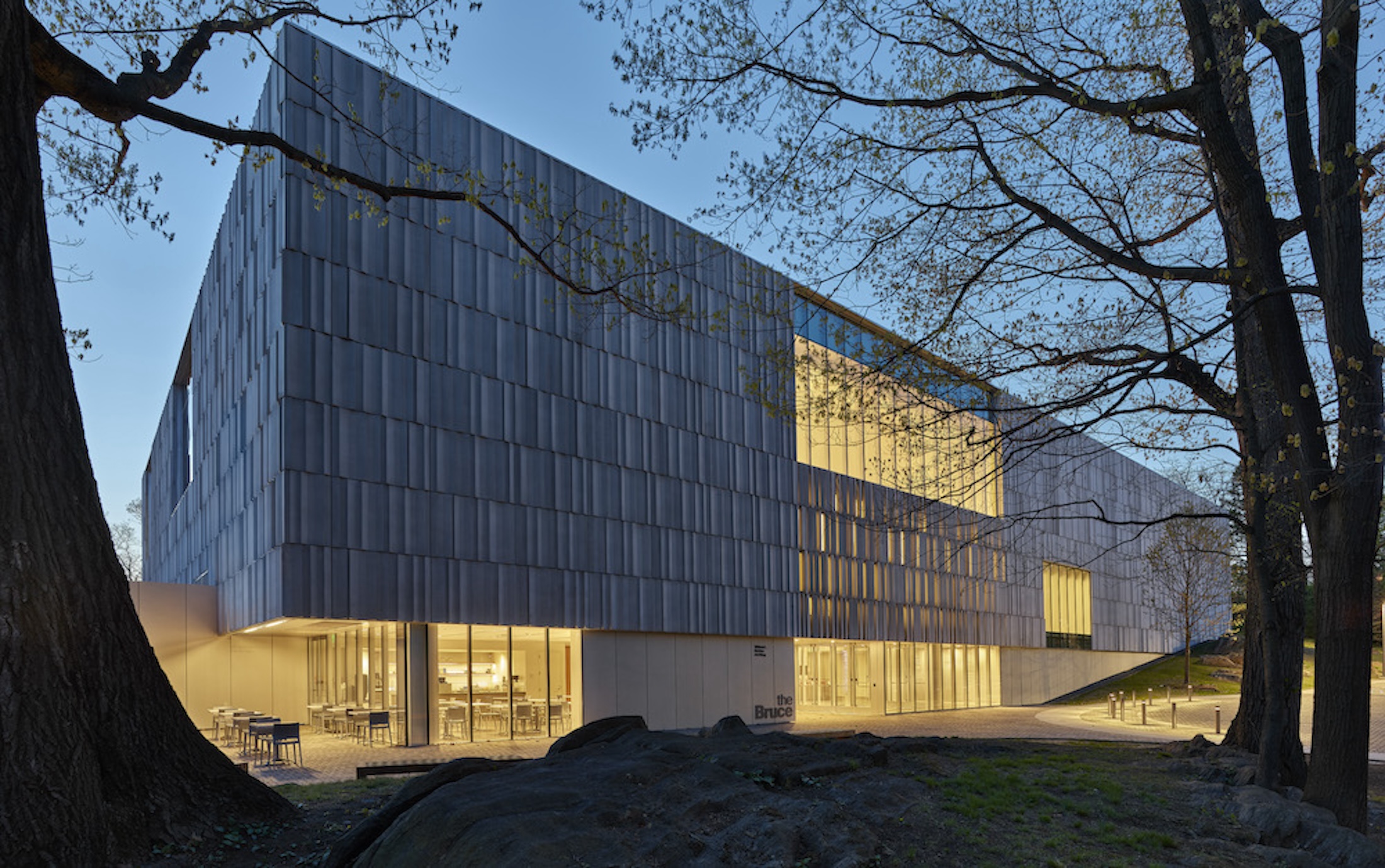

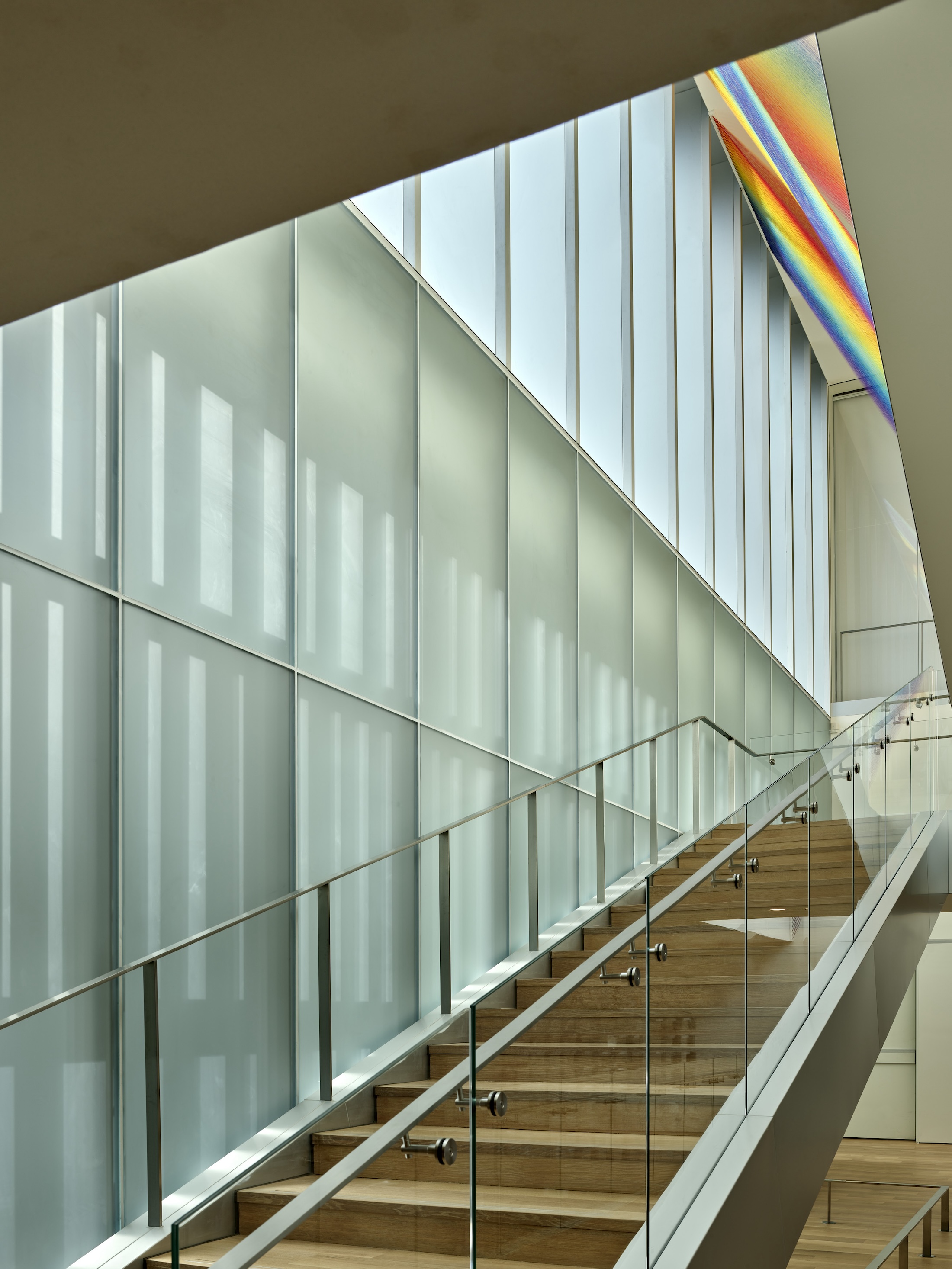
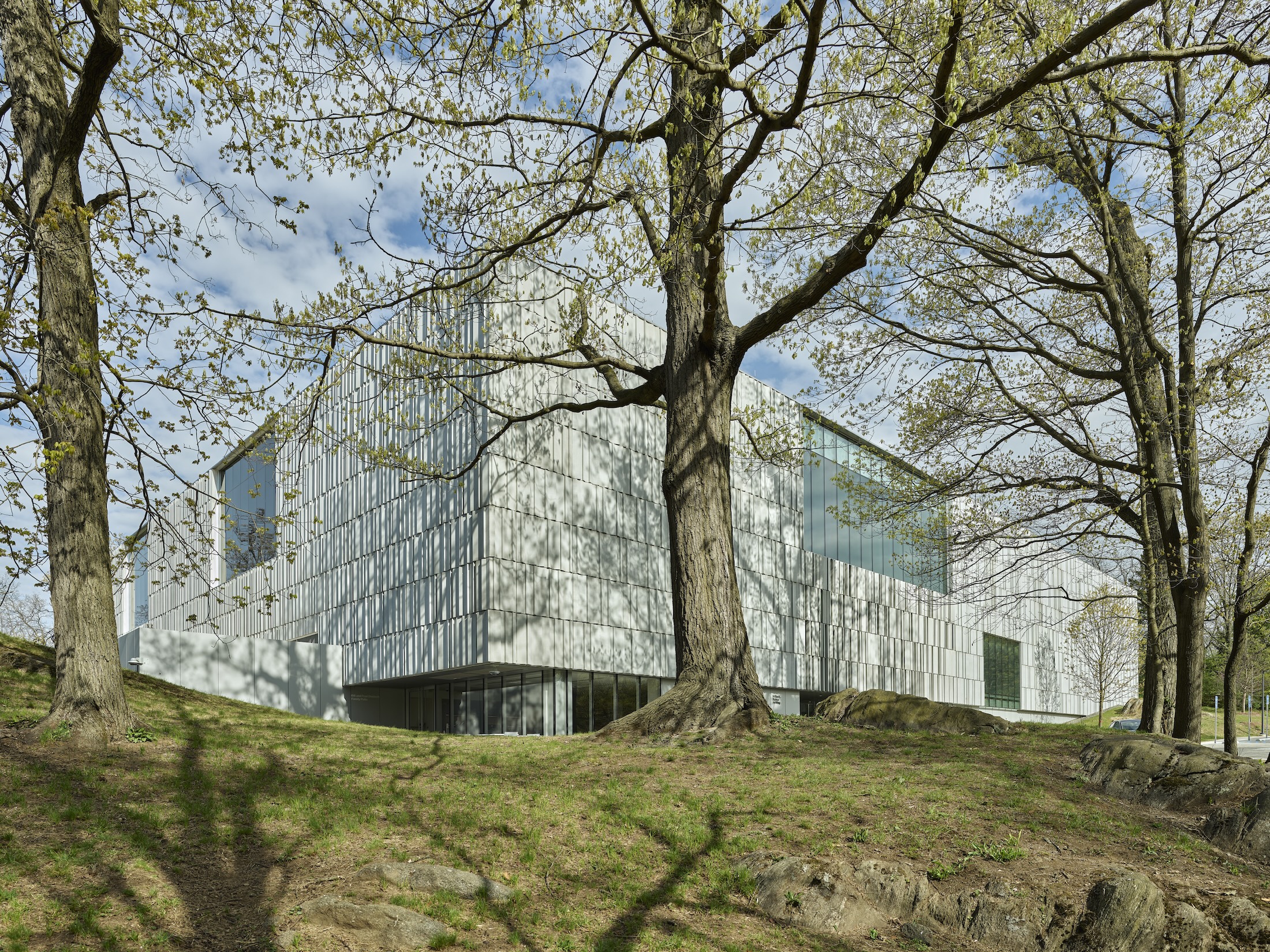
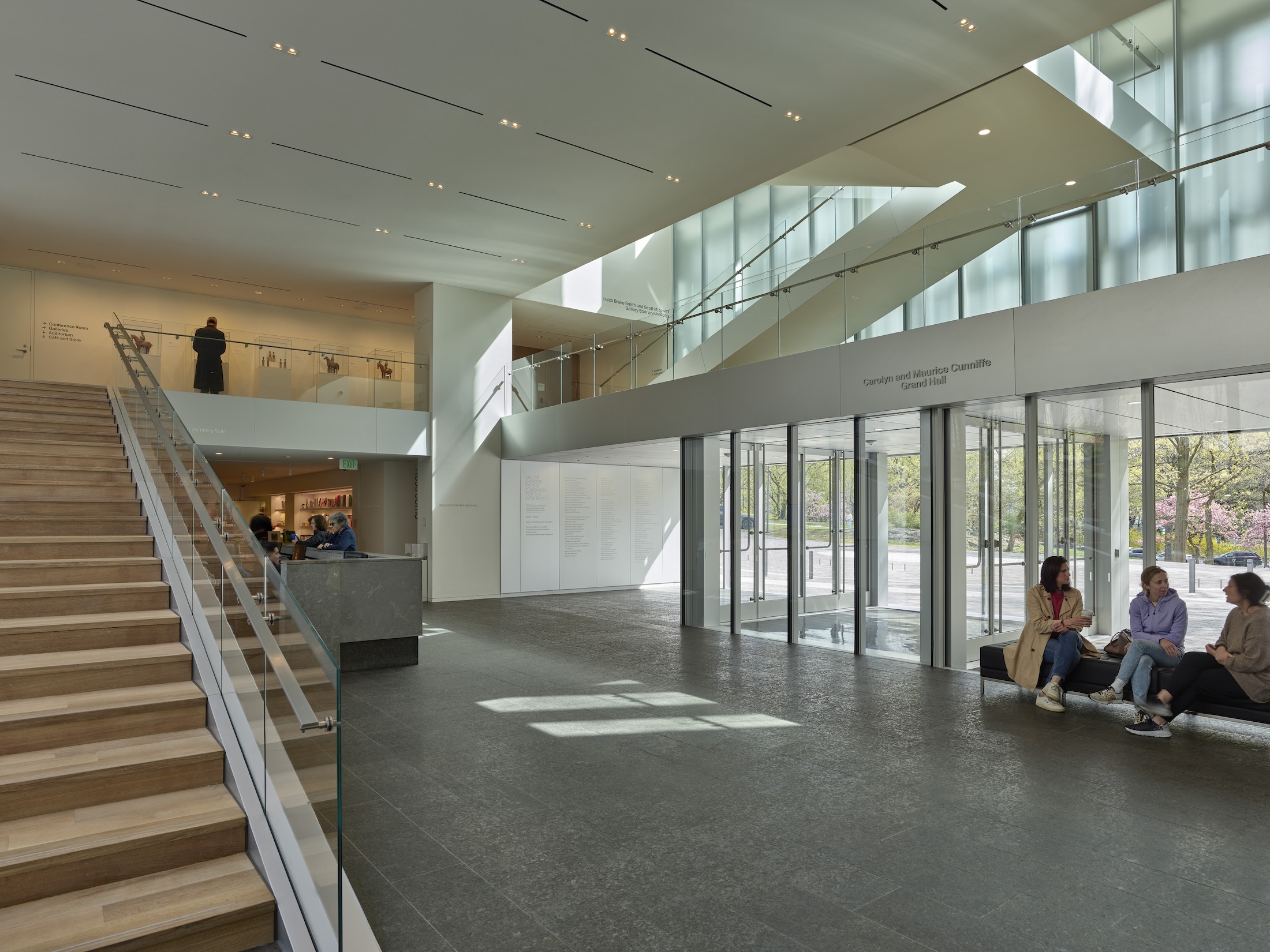
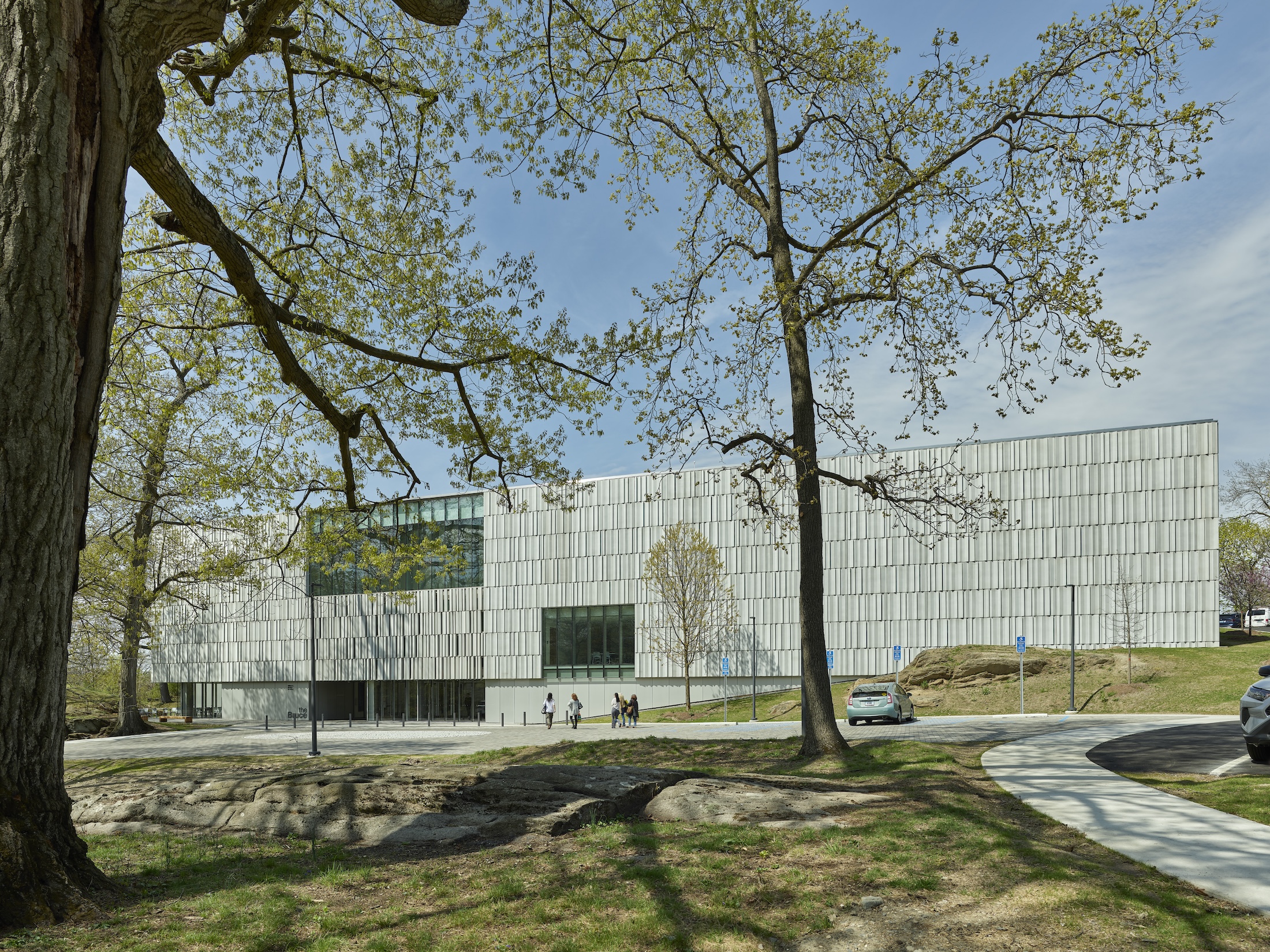


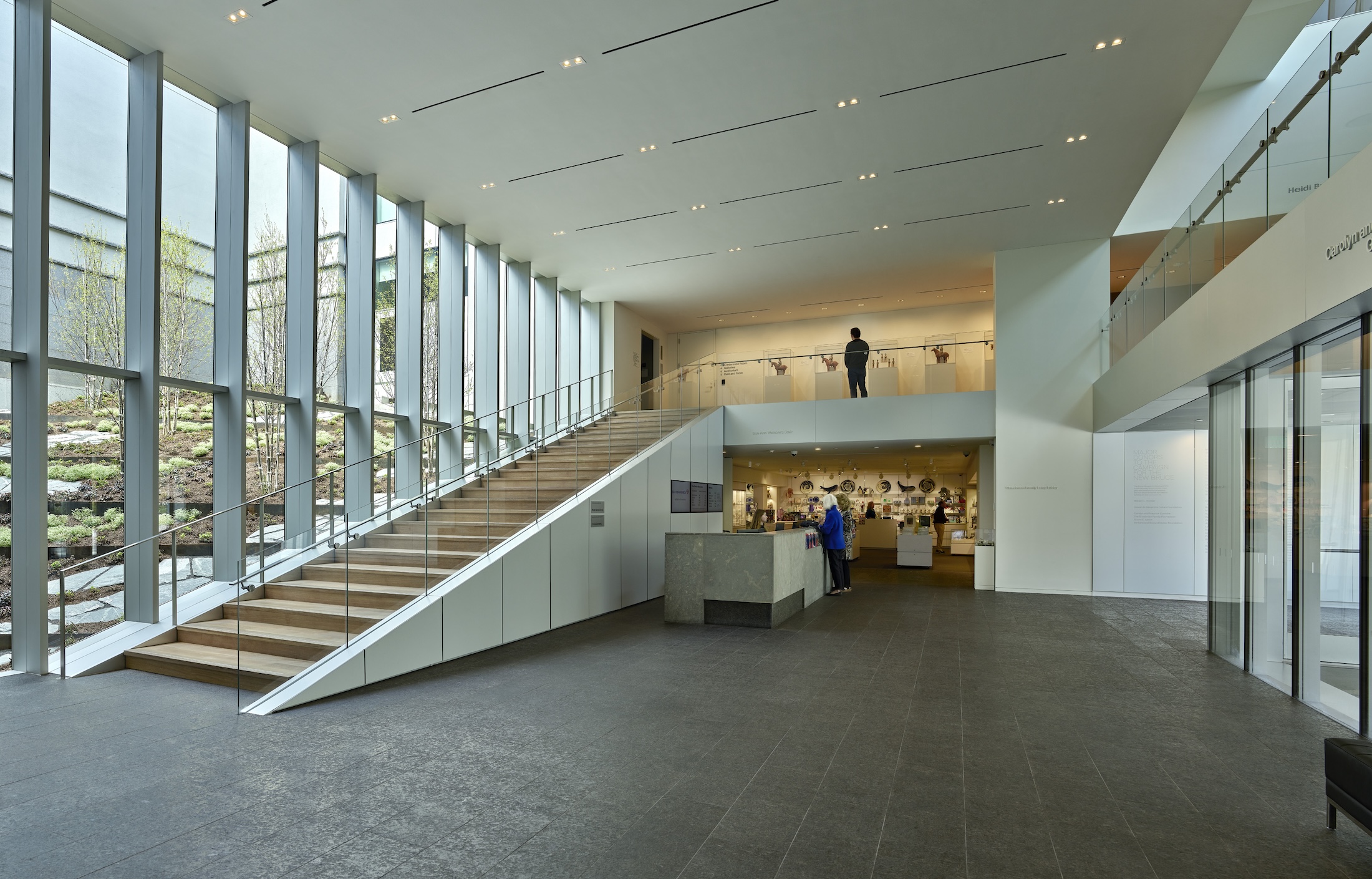

Related Stories
| Nov 12, 2014
Chesapeake Bay Foundation completes uber-green Brock Environmental Center, targets Living Building certification
More than a decade after opening its groundbreaking Philip Merrill Environmental Center, the group is back at it with a structure designed to be net-zero water, net-zero energy, and net-zero waste.
| Nov 7, 2014
NORD Architects releases renderings for Marine Education Center in Sweden
The education center will be set in a landscape that includes small ponds and plantings intended to mimic an assortment of marine ecologies and create “an engaging learning landscape” for visitors to experience nature hands-on.
| Nov 5, 2014
The architects behind George Lucas' planned Chicago museum unveil 'futuristic pyramid'
Preliminary designs for the $300 million George Lucas Museum of Narrative Art have been unveiled, and it looks like a futuristic, curvy pyramid.
| Nov 3, 2014
IIT names winners of inaugural Mies Crown Hall Americas Prize
Herzog & de Meuron's iconic 1111 Lincoln Road parking garage in Miami Beach, Fla., is one of two winners of the $50,000 architectural prize.
| Oct 29, 2014
Diller Scofidio + Renfro selected to design Olympic Museum in Colorado Springs
The museum is slated for an early 2018 completion, and will include a hall of fame, theater, retail space, and a 20,000-sf hall that will showcase the history of the Olympics and Paralympics.
| Oct 23, 2014
Prehistory museum's slanted roof mimics archaeological excavation [slideshow]
Mimicking the unearthing of archaeological sites, Henning Larsen Architects' recently opened Moesgaard Museum in Denmark has a planted roof that slopes upward out of the landscape.
| Oct 16, 2014
Perkins+Will white paper examines alternatives to flame retardant building materials
The white paper includes a list of 193 flame retardants, including 29 discovered in building and household products, 50 found in the indoor environment, and 33 in human blood, milk, and tissues.
| Oct 15, 2014
Harvard launches ‘design-centric’ center for green buildings and cities
The impetus behind Harvard's Center for Green Buildings and Cities is what the design school’s dean, Mohsen Mostafavi, describes as a “rapidly urbanizing global economy,” in which cities are building new structures “on a massive scale.”
| Oct 12, 2014
AIA 2030 commitment: Five years on, are we any closer to net-zero?
This year marks the fifth anniversary of the American Institute of Architects’ effort to have architecture firms voluntarily pledge net-zero energy design for all their buildings by 2030.
| Oct 10, 2014
A new memorial by Zaha Hadid in Cambodia departs from the expected
The project sees a departure from Hadid’s well-known use of concrete, fiberglass, and resin. Instead, the primary material will be timber, curved and symmetrical like the Angkor Wat and other Cambodian landmarks.
















